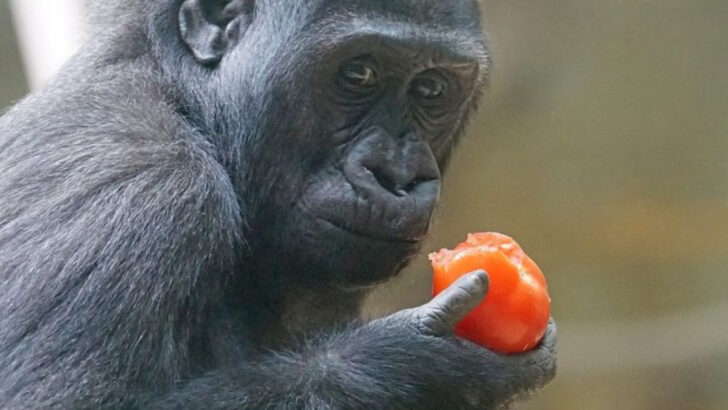They’re furry, feathered, or scaly—and they can open your front door. Opposable thumbs aren’t just for humans anymore. Turns out, some animals have the ultimate tool for mischief, mayhem, and snack theft: thumbs that work like ours. From monkeys that twist open jars… To birds that grip tools like tiny engineers… Even marsupials are in on the action. These creatures aren’t just cute—they’re terrifyingly clever. And once you realize what they can do with those sneaky little hands, you might start locking your cabinets. Here are 10 animals with real opposable thumbs—and some of them are using them in ways that will blow your mind.
Chimpanzee
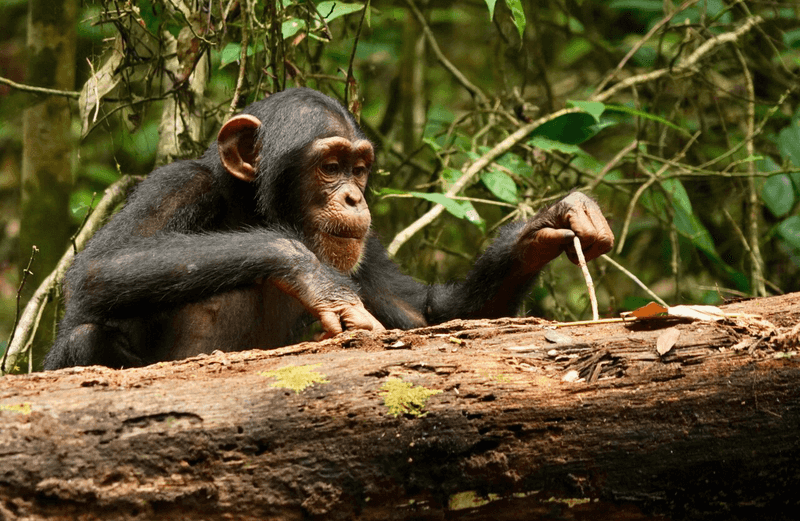
With a knack for problem-solving and a playful demeanor, chimpanzees are renowned for their intelligence. Their opposable thumbs allow them to grasp objects and use tools, like sticks, to extract termites from mounds. This ability not only showcases their cleverness but also their adaptability in various environments.
Chimpanzees are social creatures, often seen in groups where they communicate through gestures and vocalizations. Their complex social structures and behaviors are a testament to their cognitive abilities.
Fascinatingly, their thumb’s functionality closely resembles that of humans, making them our closest living relatives in the animal kingdom.
Koala
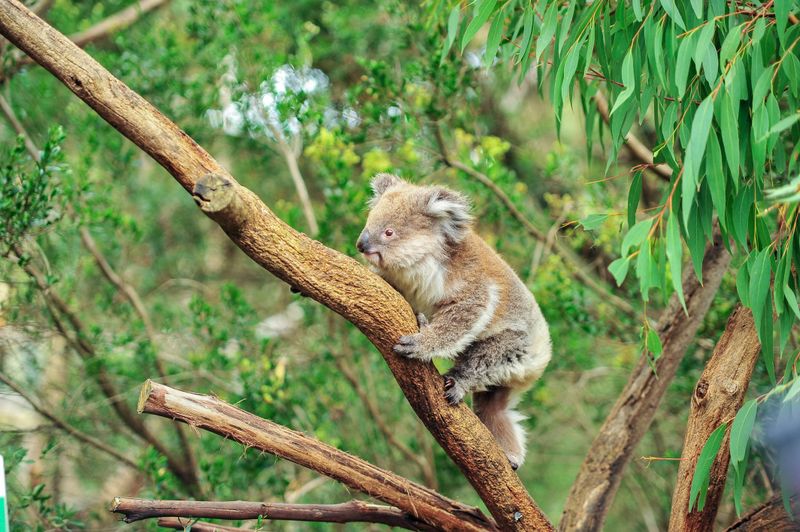
Peacefully perched in eucalyptus trees, koalas use their opposable thumbs to handle leaves with precision. Their thumb’s unique positioning aids in their arboreal lifestyle, allowing them to move effortlessly from branch to branch.
Koalas have two opposable digits on their front paws, giving them a firm grip on branches. This adaptation is crucial for their survival, as it helps them access their primary food source: eucalyptus leaves.
Despite their sleepy demeanor, koalas are well adapted to their environment, with their thumbs playing a key role in their daily activities and feeding habits.
Gorilla
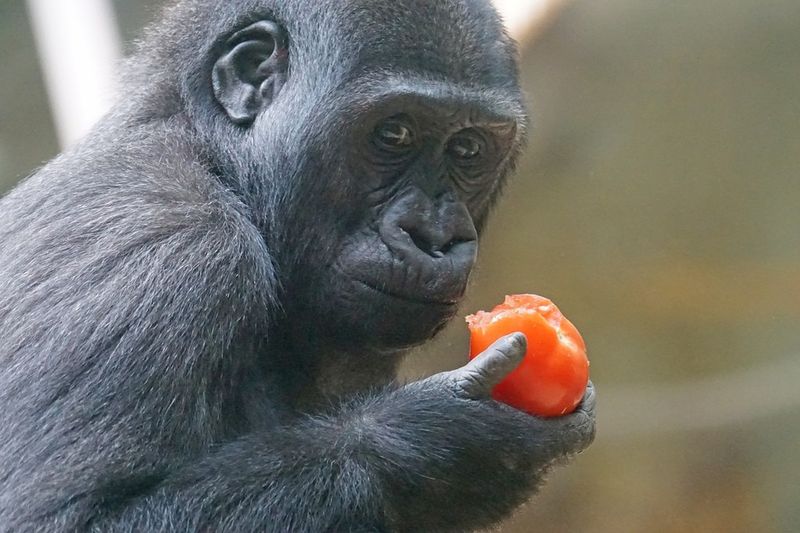
Gentle giants of the forest, gorillas utilize their opposable thumbs for foraging and tool use. Their hands are remarkably similar to humans, allowing them to peel fruit and manipulate objects with ease.
Gorillas live in complex social groups, where they display behaviors such as grooming and communication through gestures. Their thumbs are essential for these interactions, as well as for building nests in trees or on the ground.
With their impressive strength and intelligence, gorillas continue to captivate researchers and animal enthusiasts alike, showcasing the versatility of their opposable thumbs.
Capuchin Monkey
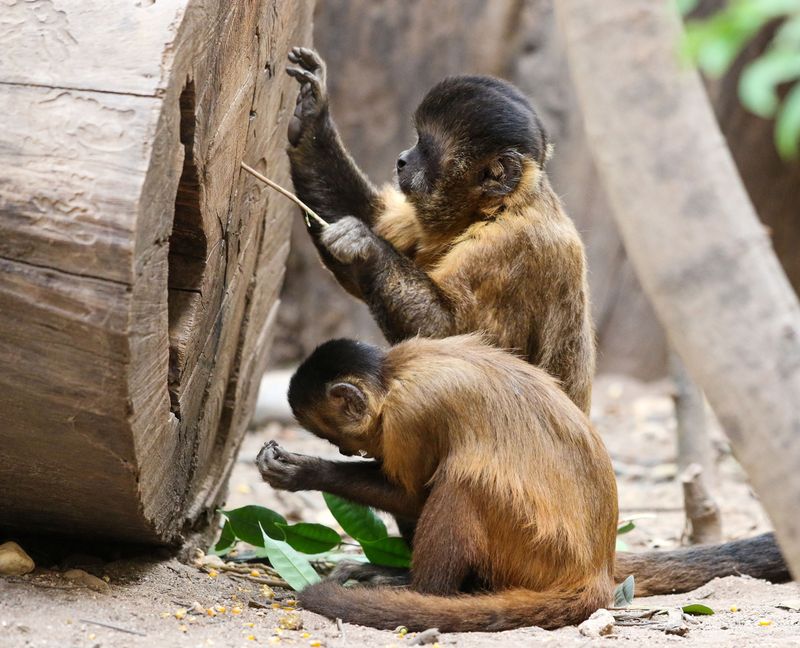
Known for their mischievous and curious nature, capuchin monkeys are adept tool users. Their opposable thumbs enable them to handle objects with precision, making them one of the most intelligent New World monkeys.
Capuchins are often observed using stones to crack open nuts or shells, demonstrating their problem-solving skills. Their hands are incredibly dexterous, allowing them to perform intricate tasks.
These monkeys thrive in social groups, where they learn from each other through observation and imitation. Their thumbs play a crucial role in their ability to interact with their environment and each other.
Opossum
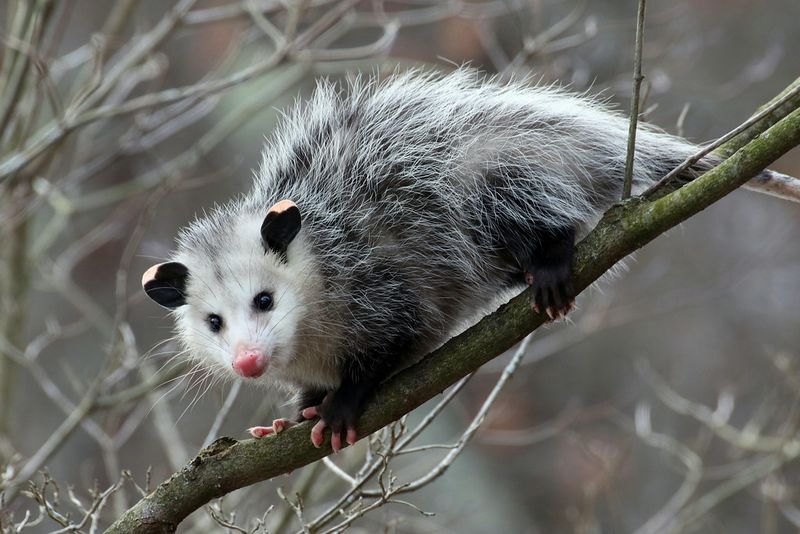
Often underrated, opossums are the only marsupials in North America with opposable thumbs on their hind feet. This adaptation is vital for climbing and grasping branches as they navigate their environment.
Opossums are nocturnal creatures, using their thumbs to forage for food at night. Their ability to hang upside down by their tails and thumbs is a unique trait that aids in their survival.
Despite their reputation, opossums are beneficial to ecosystems, controlling pests and cleaning up carrion. Their opposable thumbs are a key feature that supports their arboreal lifestyle.
Panda
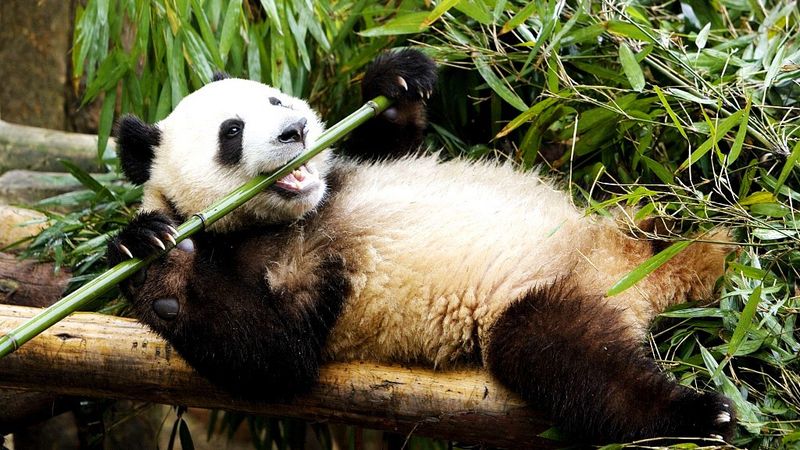
With their charming appearance, pandas utilize a pseudo-thumb to grip bamboo efficiently. This modified wrist bone acts like an opposable thumb, enabling them to grasp and strip bamboo shoots with precision.
Pandas spend much of their day eating, and their thumb-like adaptation is essential for their diet. This specialized trait allows them to consume large quantities of bamboo, which is crucial for their nutrition and survival.
Their diet and unique adaptations make pandas a popular subject of study and conservation efforts, highlighting the importance of their thumb-like structure in daily life and feeding.
Red Ruffed Lemur

Endemic to Madagascar, red ruffed lemurs are agile primates with opposable thumbs that aid in gripping branches. These thumbs facilitate their movement through the forest canopy, enabling them to forage for fruit and nectar.
Red ruffed lemurs are highly social animals, often seen in groups where they communicate with a range of vocalizations. Their thumbs are vital for their arboreal lifestyle, providing them with the dexterity needed to navigate their environment.
Known for their vibrant fur and vocal nature, these lemurs play a significant role in their ecosystem, particularly in seed dispersal.
Possum
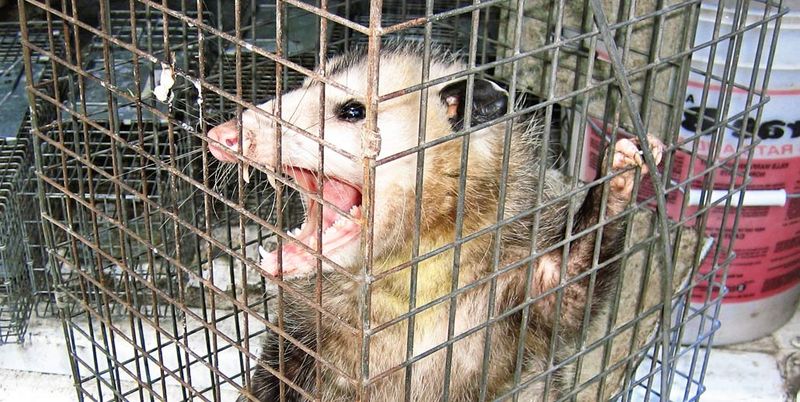
Curious and adaptable, possums are known for their ability to thrive in urban settings. Their opposable thumbs are crucial for opening containers and accessing food resources, such as trash bins.
Possums are nocturnal, often seen foraging at night with the help of their thumbs. This adaptation allows them to exploit a variety of food sources, making them versatile survivors.
Despite their sometimes troublesome habits, possums play a vital role in controlling pests in suburban areas. Their thumbs are a testament to their ingenuity and adaptability in diverse environments.
Aye-Aye
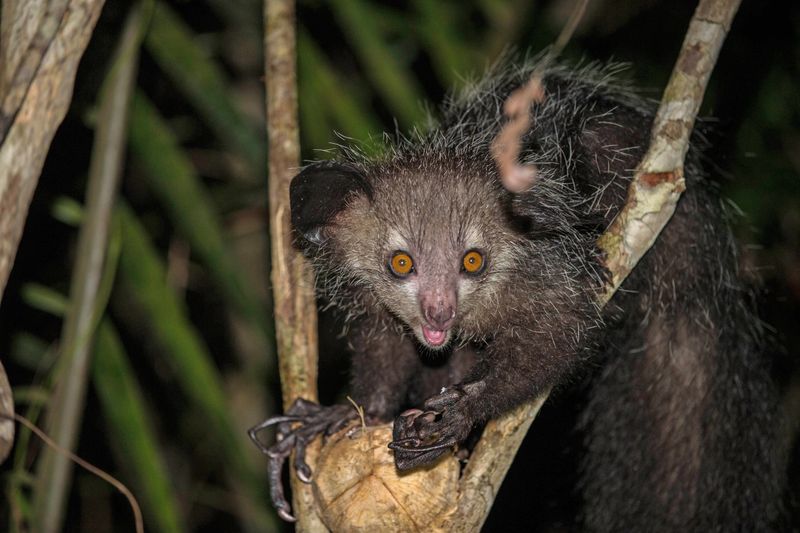
With its eerie appearance, the aye-aye is a unique lemur with an opposable thumb and a long, thin middle finger used for foraging. This combination allows it to tap on trees to locate insects, an adaptation known as percussive foraging.
Aye-ayes are nocturnal, roaming Madagascar’s forests at night. Their thumbs play a crucial role in their feeding strategy, enabling them to extract insects from tree bark.
Despite their unusual looks, aye-ayes are an important part of their ecosystem, controlling insect populations. Their foraging techniques showcase the remarkable use of their opposable thumbs.
Raccoon
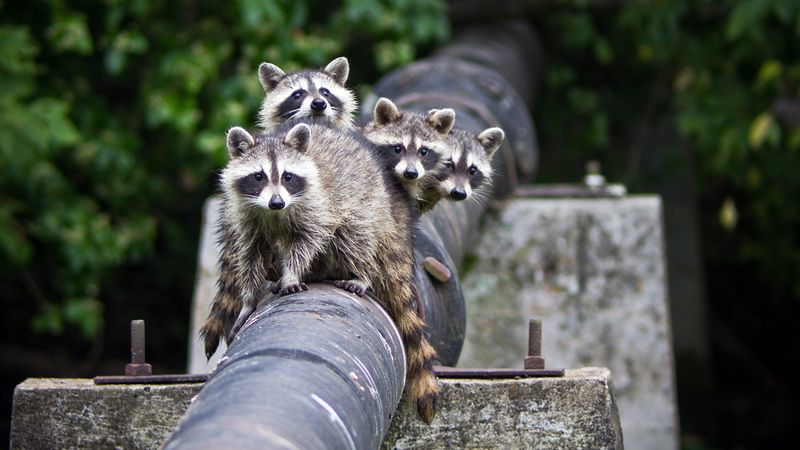
Raccoons are known for their dexterous hands and opposable thumbs, allowing them to manipulate and open a variety of objects. This ability makes them adept at foraging in both natural and urban environments.
These nocturnal creatures are often seen rummaging through trash cans or exploring backyard gardens. Their thumbs play a significant role in their survival, providing them with the means to access diverse food sources.
Raccoons are highly adaptable, capable of living in a range of habitats. Their curious nature and versatile thumbs make them both a challenge and a marvel in the animal world.

